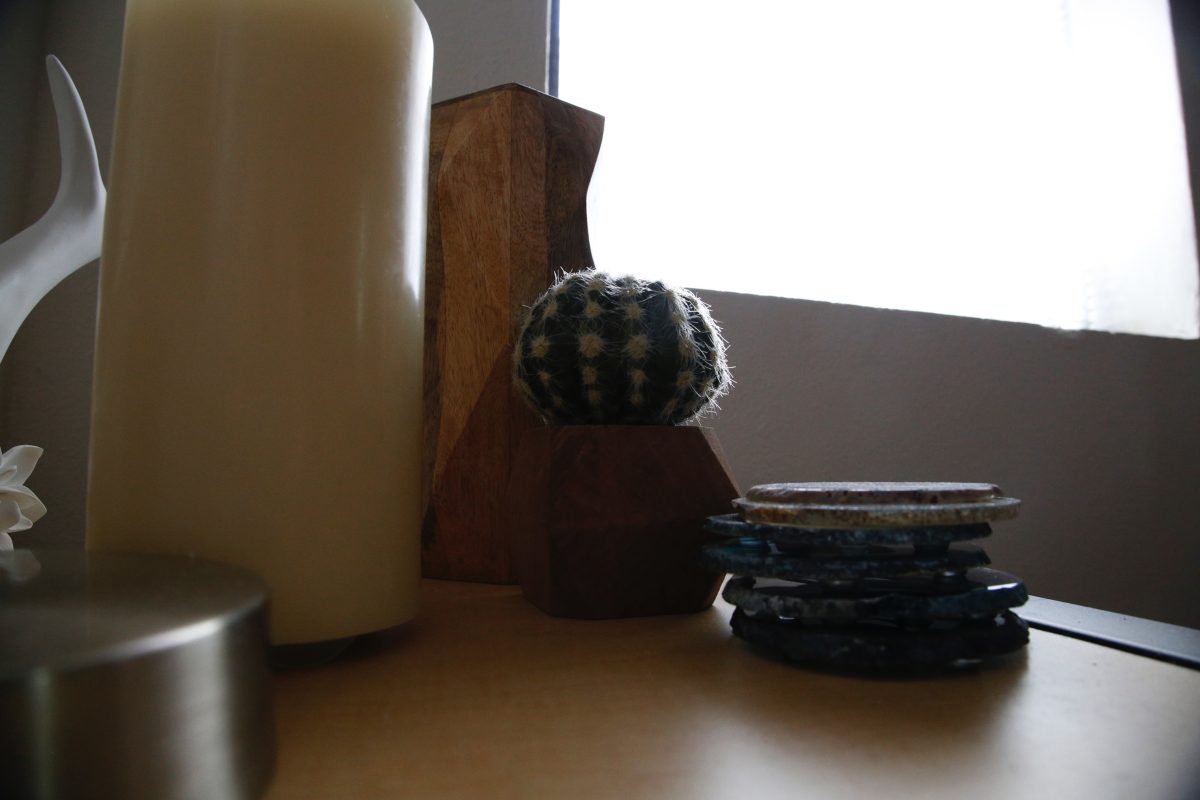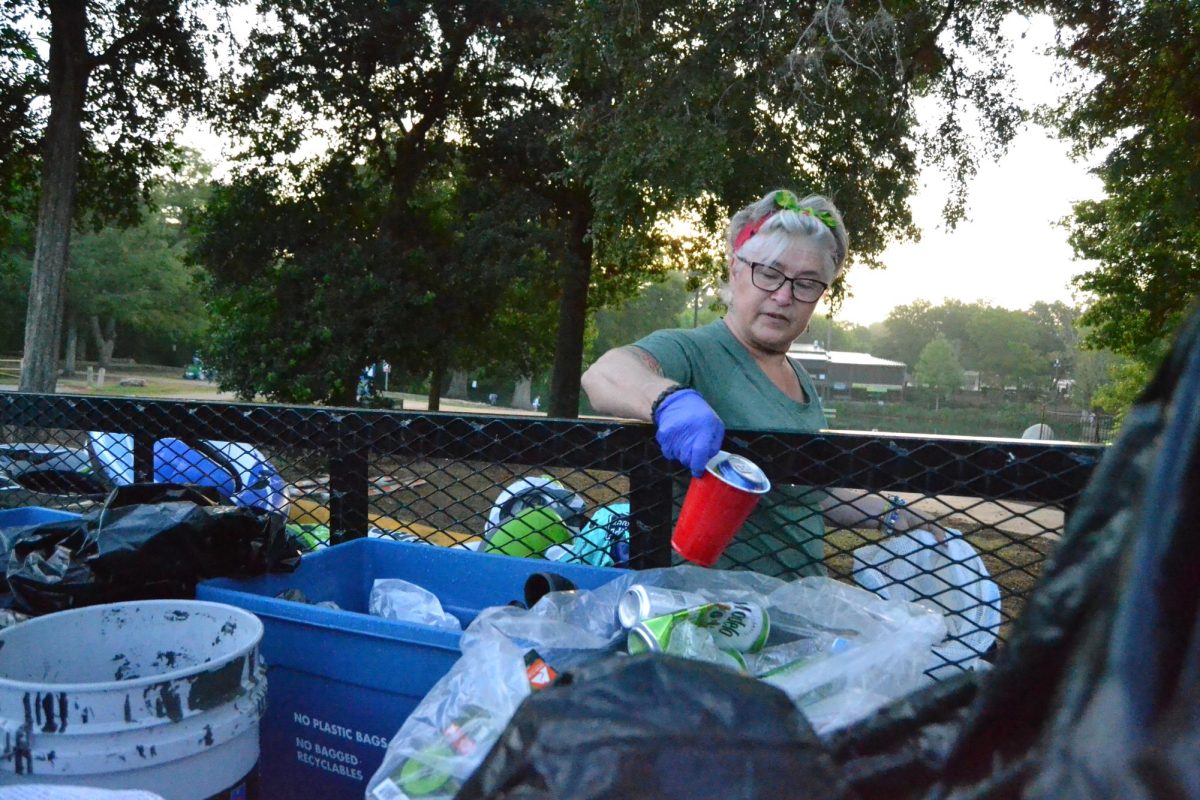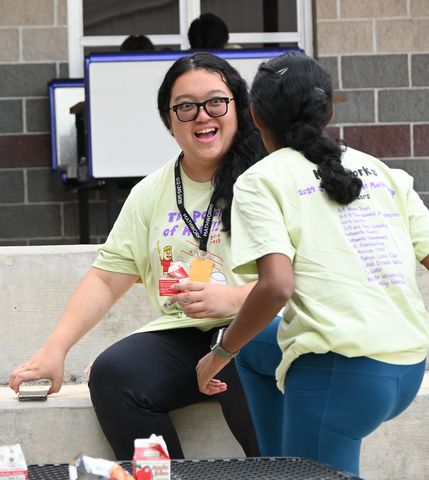In order to create a homey vibe in apartments, millennials are turning to indoor plants or community garden plots.
- Choose the right plants
Marco Gutierrez, agriculture business and management junior, recommends pothos ivy, Chinese evergreens, snake plants and succulents to keep in small indoor spaces or apartments.
“Aloe vera can help with cuts and the inflammation around pimples sometimes,” Gutierrez said.
Succulents have grown in popularity because of the aesthetic and the low maintenance they require said Gutierrez.
Linda Sparks, administrative assistant for LBJ Student Center, said she started taking care of the indoor plants in the LBJ Student Center as a hobby.
“The easiest ones that I’ve found are the ivy, since they like cool, dark places or morning light, but they burn easily when they’re in direct light,” Sparks said. “The corn plant is also pretty easy to grow and they can be in a dark corner or in indirect light.”
- Learn how to care for them
Sparks said she began arriving early to care for the plants in the LBJ Student Center.
“For three hours a week I come in a little early and take care of the plants,” Sparks said. “We went from 40 plants to 110. The majority of those was because they got so big I had to transplant them.”
Sparks attributes her green thumb to a gadget called a moisture meter.
“The secret is a moisture meter,” Sparks said. “It costs about $7. You stick it in the soil and it tells you if there’s enough moisture in the soil. You never kill a plant that way.”
In addition to watering, it’s helpful to add moisture to the leaves of indoor tropical plants.
“I’d recommend keeping a spray bottle around filled with water and give them a spray occasionally,” Gutierrez said. “It’s almost therapeutic to take a break a from studying and give them a spray.”
- Rent a plot in a community garden.
Renting a plot in a community garden is an option for people who live in an apartment and want to grow fruits, vegetables or flowers.
Erin Dean, physical therapy professional, said she grew a variety of plants last semester in her garden.
Dean’s garden consisted of tomatoes, jalapeños, serrano peppers, beets, radishes, cucumbers, lettuce, spinach, kale, chard, parsley, cilantro, sugar snap peas and flowers.
Plots in the Alamo Neighborhood Garden rent for $40 a year. The cost includes water and a shed full of tools members can use.
Growing food can be rewarding because gardeners know the hard work put into the garden.
“It’s a beautiful process to go from a seed to something you can eat,” Dean said. “It tastes so good because you can feel the love. I give so much away because I have too much and people honestly felt like they could feel the love that was put into it.”
- Get help.
Gutierrez recommends beginner gardeners to reach out to a plant nursery .
“A local nursery can be helpful when you’re trying to find out more about plants within your native region,” Gutierrez said. “A lot of people will go to bigger box stores and a lot of times these stores are selling plants not native to our region and sometimes out of season.”
There are many psychological and emotional benefits to gardening and incorporating plants indoors.
“It’s subtle but having this environment in your living space, especially since we’re not coming back to our families resonating love, but instead we’re coming back to our plants who you can sense and feel your love and care,” Gutierrez said.



















